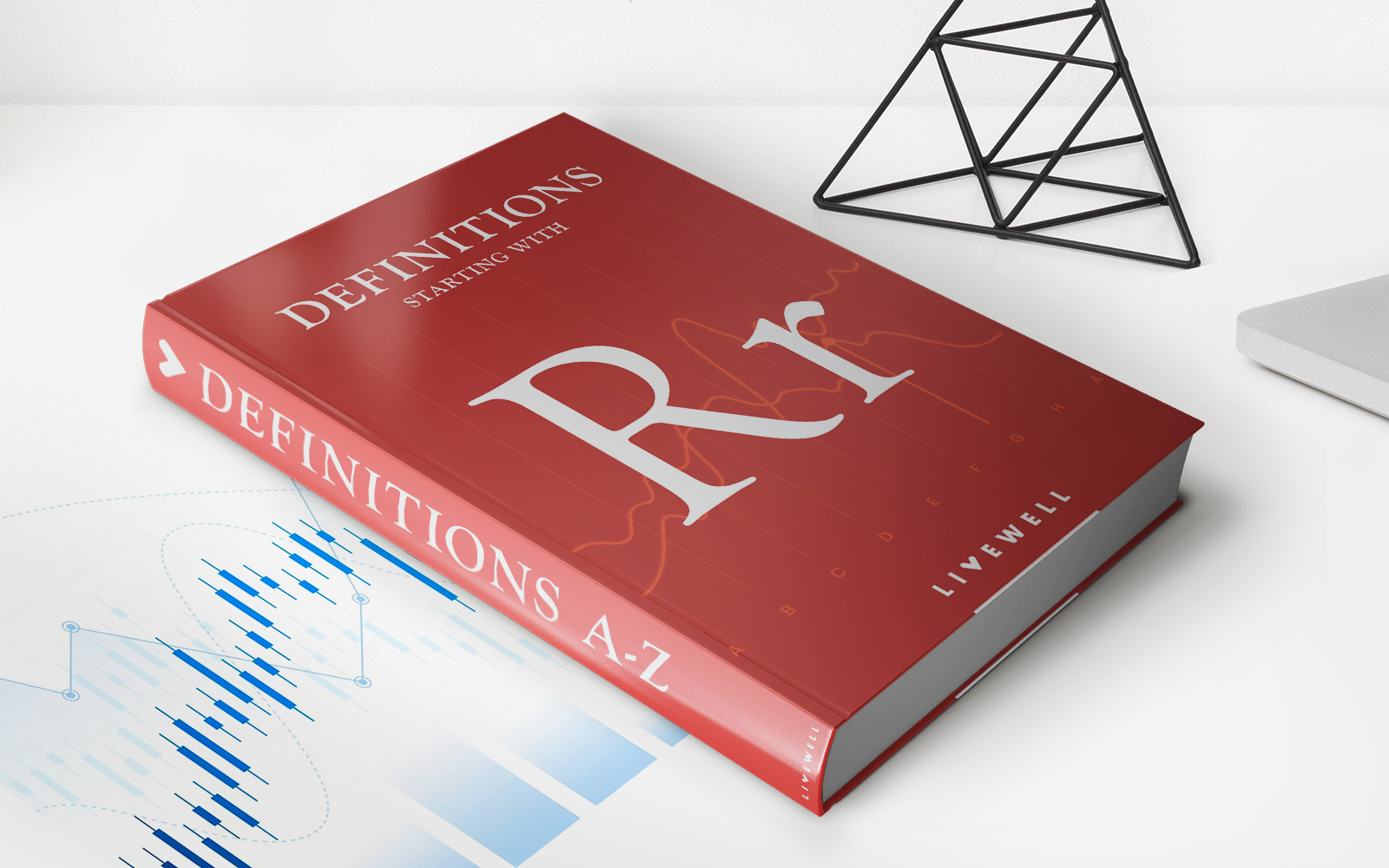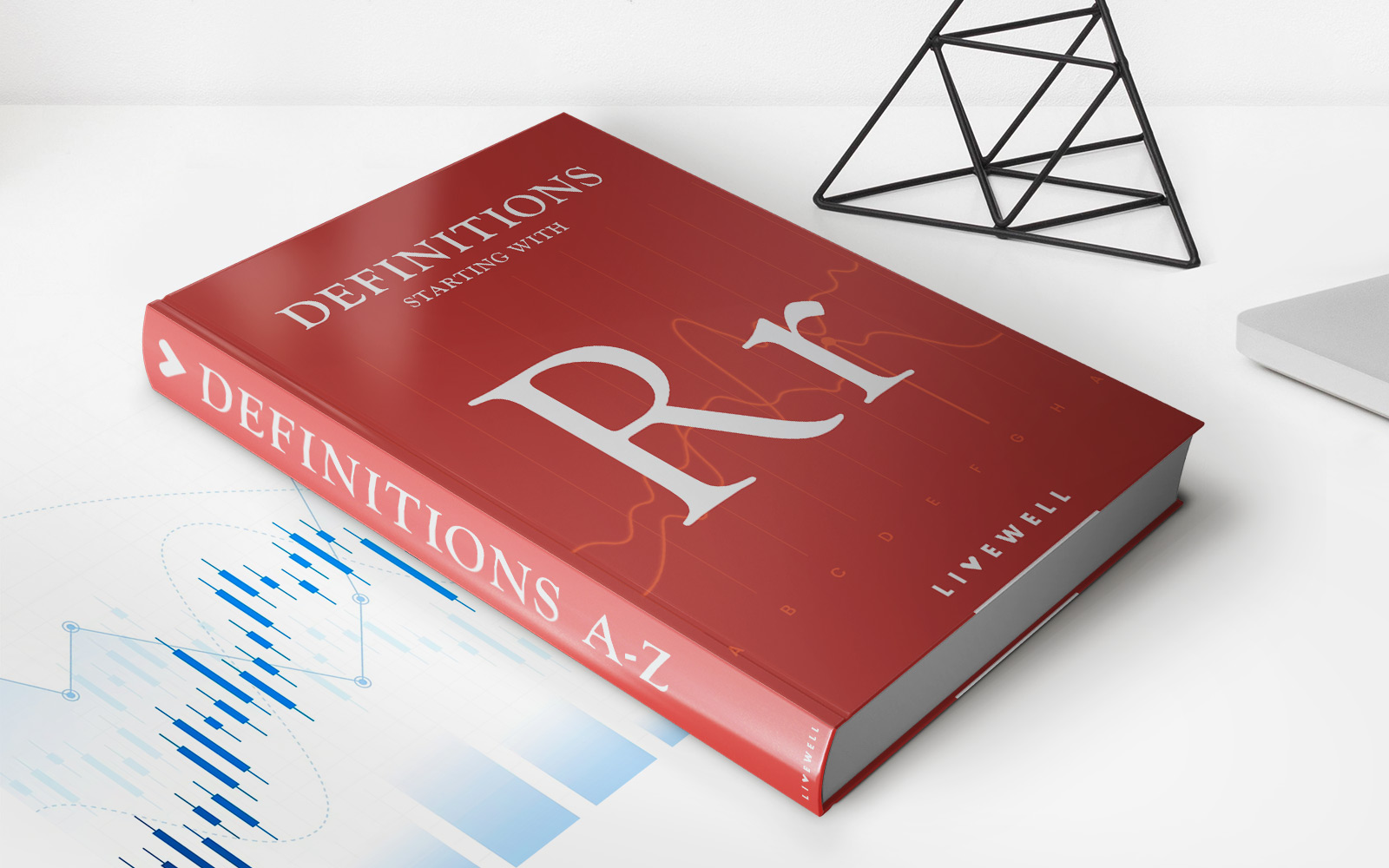Home>Finance>Incremental Analysis: Definition, Types, Importance, And Example


Finance
Incremental Analysis: Definition, Types, Importance, And Example
Published: December 8, 2023
Learn about the definition, types, and importance of incremental analysis in finance, along with a helpful example to enhance your understanding.
(Many of the links in this article redirect to a specific reviewed product. Your purchase of these products through affiliate links helps to generate commission for LiveWell, at no extra cost. Learn more)
Incremental Analysis: Definition, Types, Importance, and Example
Welcome to another exciting post in our finance category! Today, we are delving into the fascinating world of incremental analysis. Have you ever wondered how businesses make important decisions that drive their financial success? Incremental analysis, also known as differential analysis, is the key to unlocking the answer. In this article, we will explore the definition, types, importance, and provide a practical example of incremental analysis. So, let’s dive in and demystify this concept together!
Key Takeaways:
- Incremental analysis is a decision-making technique used by businesses to weigh the costs and benefits of different options.
- It helps businesses make informed choices that maximize profitability and minimize costs.
Definition of Incremental Analysis
Incremental analysis, in simple terms, is a systematic approach that businesses use to assess the potential impact of a decision on their overall financial performance. It involves comparing the costs and benefits of different options to identify the option that brings the greatest incremental value to the organization. By focusing on the difference (‘incremental’) between options, businesses can make rational decisions that lead to profit maximization and cost reduction.
Types of Incremental Analysis
1. Cost Analysis: This type of incremental analysis helps businesses evaluate the incremental costs associated with each option under consideration. It involves analyzing direct costs, such as material and labor expenses, as well as indirect costs, including overhead expenses. By understanding the cost implications of each choice, businesses can prioritize options that minimize expenses and maximize profitability.
2. Revenue Analysis: Revenue analysis focuses on assessing the incremental revenue generated by different options. Businesses analyze factors such as pricing strategies, sales volumes, and market demand to estimate the potential increase in revenue. By choosing options that have the highest potential for revenue growth, businesses can boost their overall financial performance.
3. Qualitative Analysis: In addition to the quantitative aspects, incremental analysis also incorporates qualitative factors such as customer satisfaction, brand reputation, and market positioning. This type of analysis ensures that businesses consider the overall impact on their long-term success and competitiveness.
Importance of Incremental Analysis
Incremental analysis plays a crucial role in financial decision-making for businesses. Here are some key reasons why it is important:
- Maximizing Profitability: By evaluating the incremental costs and benefits of different choices, businesses can make decisions that enhance profitability. Incremental analysis guides businesses toward options that generate higher revenue or lower costs, ultimately leading to increased profits.
- Cost Control: Identifying the incremental costs associated with different decisions helps businesses manage expenses effectively. It allows organizations to focus on cost-saving opportunities and avoid unnecessary expenditures, contributing to improved financial stability.
- Strategic Decision-Making: Incremental analysis helps businesses make strategic decisions with a comprehensive understanding of the potential impact on revenue, costs, and long-term success. By considering both quantitative and qualitative factors, businesses can align their decisions with their overall goals and objectives.
- Risk Assessment: Assessing the potential risks and rewards of various options is an integral part of incremental analysis. By understanding the potential outcomes, businesses can make informed choices that minimize risks and capitalize on opportunities.
Example of Incremental Analysis
Let’s consider a practical example to illustrate how incremental analysis works. Imagine a company is deciding whether to introduce a new product into the market. The incremental analysis would involve comparing the costs and benefits of developing and selling the new product versus not introducing it.
Here’s how the incremental analysis might look:
- Cost Analysis: Calculate the incremental costs involved in developing and producing the new product, including research and development costs, manufacturing expenses, and marketing costs.
- Revenue Analysis: Estimate the incremental revenue the new product would generate based on market research, demand projections, and pricing strategies.
- Qualitative Analysis: Consider additional qualitative factors such as the product’s potential impact on brand reputation, customer satisfaction, and competitive advantage.
By analyzing the incremental costs and benefits of introducing the new product, the company can make an informed decision that aligns with their financial goals and strategic objectives.
Final Thoughts
Incremental analysis is a powerful decision-making tool that enables businesses to weigh the costs and benefits of different options. By analyzing the incremental impact on costs, revenue, and qualitative factors, businesses can make informed choices that maximize profitability and ensure long-term success. Understanding and utilizing incremental analysis can give businesses a competitive edge in the dynamic and ever-changing world of finance.
We hope this article has shed light on the fascinating concept of incremental analysis and its importance in financial decision-making. If you have any questions or additional insights, feel free to share them in the comments section below. Stay tuned for more educational and insightful content from our finance category!














